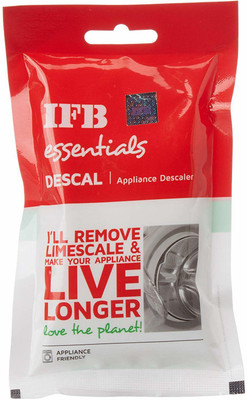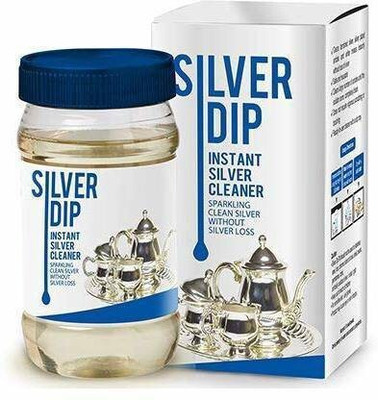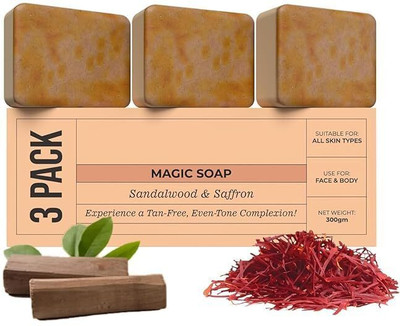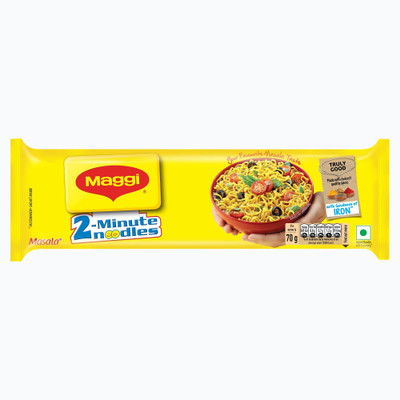
Share
Loopy High-Performance Fabric Cleansers Washing Machine Liquid Top & Front Load Lavender Liquid Detergent (10 L)
3
5 Ratings & 1 Reviews₹447
₹1,599
72% off
@4.47/100ml
Available offers
T&C
Delivery
Check
Enter pincode
Delivery by2 May, Friday|Free
?
if ordered before 4:59 PM
View Details
Quantity
- 10 L10 L
Please select a Quantity to proceed
Highlights
- Quantity: 10 L
- Container Type: Can
- Color Safe
- Fragrance: Lavender
Services
- Cash on Delivery available?
Seller
Description
1. **Tough on Stains**: Our detergent packs a punch against even the toughest stains, whether it's grass, grease, or wine spills. Say goodbye to stubborn marks and hello to pristine fabrics.
2. **Gentle Formula**: While it's tough on stains, it's gentle on your clothes. Our formula is specially designed to preserve the quality of your garments, keeping colors vibrant and fabrics soft wash after wash.
3. **Fragrance Options**: Choose from a range of delightful fragrances that leave your clothes smelling fresh and inviting. Whether you prefer a crisp floral scent or a soothing lavender aroma, we've got you covered.
4. **Eco-Friendly**: We care about the planet, which is why our detergent is formulated to be environmentally friendly. It's biodegradable and free from harsh chemicals, so you can feel good about using it in your home.
5. **Value for Money**: Quality doesn't have to come at a high price. Our affordable detergent offers exceptional value for money, allowing you to enjoy clean, fresh-smelling clothes without breaking the bank.
Read More
Specifications
In The Box
| Pack of |
|
General
| Brand |
|
| Model Name |
|
| Quantity |
|
| Container Type |
|
| Fragrance |
|
| Composition |
|
| Usage Instructions |
|
| Quantity per Load |
|
| Compatible With |
|
| Chemical Free |
|
| Biodegradable |
|
| Color Safe |
|
| Skin Friendly |
|
| Technology Used |
|
| Net Quantity |
|
Additional Features
| Caution |
|
| Other Features |
|
Ratings & Reviews
3
★
5 Ratings &
1 Reviews
- 5★
- 4★
- 3★
- 2★
- 1★
- 0
- 2
- 2
- 0
- 1
1
Waste of money!
Very thin
READ MOREFlipkart Customer
Certified Buyer, Chennai
8 months ago
0
0
Report Abuse
Have doubts regarding this product?
Safe and Secure Payments.Easy returns.100% Authentic products.
Back to top








